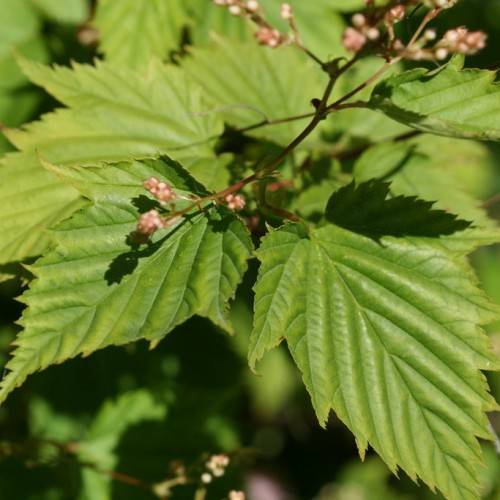
stephanandra
Stephanandra tanakae
Cycle:
Perennial
Watering:
Average
Hardiness Zone:
5 - 7
Flowers:
Flowers
Sun:
Full sun,part shade
Leaf:
Yes
Growth Rate:
Low
Maintenance:
Moderate
Drought Tolerant:
Yes
Salt Tolerant:
Yes
Invasive:
Yes
Care Level:
Medium
watering
Stephanandra tanakae plants should be watered regularly but lightly. Approximately once a week should be enough, but more water may be needed in warmer climates and during periods of prolonged dryness. After watering, the soil should be allowed to partially dry out before watering again. It's best to avoid overwatering, as this can lead to root rot and other problems. A soil moisture meter is an easy way to tell when your Stephanandra tanakae needs more water. Additionally, during the growing season, monthly applications of a balanced fertilizer are beneficial.
sunlight
When it comes to sunlight, Stephanandra tanakae prefers partial to full sun, with the best growth occurring under full sun conditions (5-7 hours per day). This plant should be grown in an area with morning sun and afternoon shade if possible to prevent leaf damage from too much intense sunlight. Plants grown in full sun will produce more flowers and have a denser growth habit. It is important to ensure that Stephanandra tanakae is not planted in a location where it will be in direct afternoon sun.
pruning
Stephanandra tanakae are best pruned between late winter and mid-spring, while the plant is still dormant. Dead and damaged branches should be removed throughout the growing season. Pruning lightly in late summer after flowering helps promote flowering the following spring. Pruning Stephanandra tanakae too heavily in late summer can prevent flowering the following year. Pruning should be done taking into account the natural growing pattern of Stephanandra tanakae; be sure to prune in a way that preserves the desired shape of the plant.
